No es la flecha…
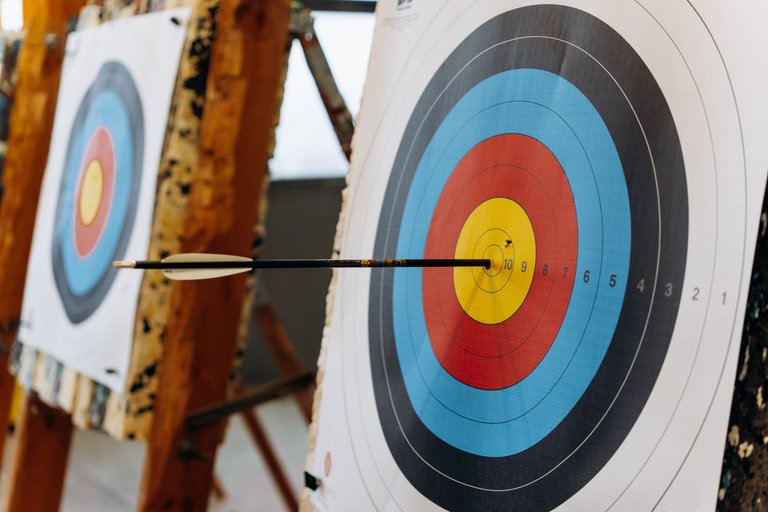
La frase.
Frecuentemente en mi carrera como ingeniero de sonido, productor musical y en muchos aspectos de la vida, momentos en que hay que solucionar algún problema suele venir a mi mente el famoso dicho que he escuchado miles de veces como buen venezolano resolutivo.
"No es la flecha, es el indio"
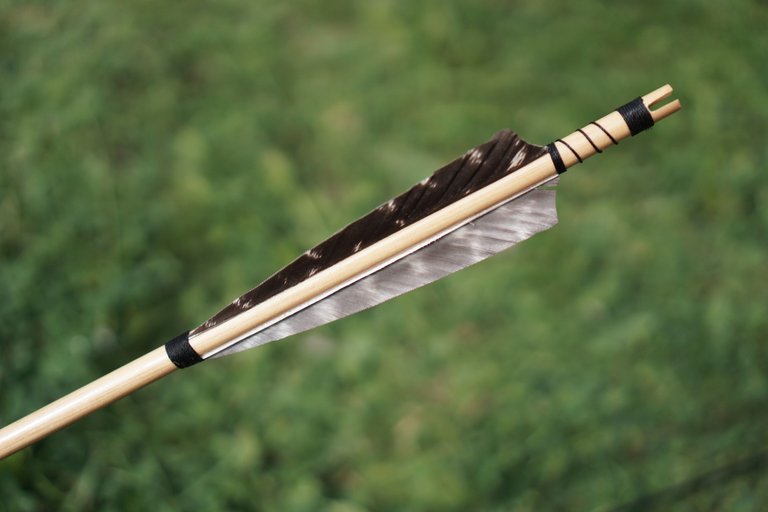
Este refrán tan peculiar y divertido posee un gran significado que generalmente resalta la capacidad de una persona para lograr el éxito sin importar las herramientas con las que cuenta y hasta superando las difíciles circunstancias en las que se puede presentar dicho problema.
Pero a pesar de lo simple del refrán, podemos hacer preguntas válidas para entender que las cosas no son tan sencillas, y que no solo se trata de ser un genio con las herramientas menos indicadas para una tarea.
Y si la flecha es de fibra de carbono?
En mi trabajo siempre estoy utilizando herramientas, desde micrófonos, cables, computadoras, equipos de procesamiento analógico, plugins de procesamiento digital, altavoces… una cadena de equipos que hacen un trabajo en específico y si lo llevamos a la frase del indio cada una de estas herramientas sería una flecha.
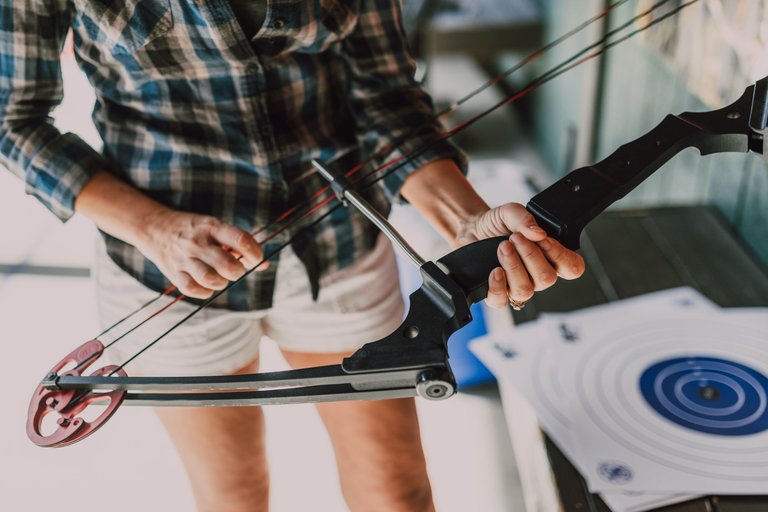
Y es aquí que ciertas personas creen que cuando una producción tiene calidad profesional se debe claramente a que se usaron equipos de miles de dólares, o herramientas legendarias utilizadas en estudios de alta gama que garantizan la calidad y sonoridad de la producción, dejando de lado el criterio y la experticia de quienes trabajan en ella.
Pero también existen casos donde con herramientas de bajo costo se logran producciones sorprendentes a nivel de calidad y es aquí cuando sale el refrán una vez más, resaltando la habilidad y experiencia pero desestimando la importancia de la calidad y confiabilidad de las herramientas.
La realidad ajustada a nuestros límites
Ahora, después de tanto tiempo debatiendo conmigo mismo acerca de este refrán como metáfora, entre la experiencia del indio y sus herramientas me he formulado una pregunta:
¿Si el indio con una flecha de palo, torcida y desbalanceada es capaz de dar en su objetivo con éxito, no le sería más fácil si la flecha fuera calibrada, de fibra de carbono y balanceada?
Me parece obvio que a un indio sin experiencia en la caza, pero que tiene un arco y una flecha carísimos y de calidad profesional tiene más probabilidades de fallar que el indio que cuenta
con mucha experiencia siendo sus herramientas rudimentarias y de bajo coste.
Es decir, el indio joven enfrenta limitaciones propias establecidas por falta de conocimiento y experiencia, sin embargo el indio experimentado también enfrenta limitaciones físicas y técnicas que provienen de sus herramientas, pues estás le dificultan su labor, sin embargo es capaz de adaptar su técnica para controlar las variables y sacar el mejor provecho de la situación y lograr el éxito.
Ahora, dejando la metáfora y volviendo al audio, con esto quiero decir que si tienes la experiencia suficiente, los oídos entrenados y la perspicacia y creatividad muy al tiro, claro que puedes lograr un producto de buena calidad con equipos de baja gama. Pero hay límites en cuanto a esto.
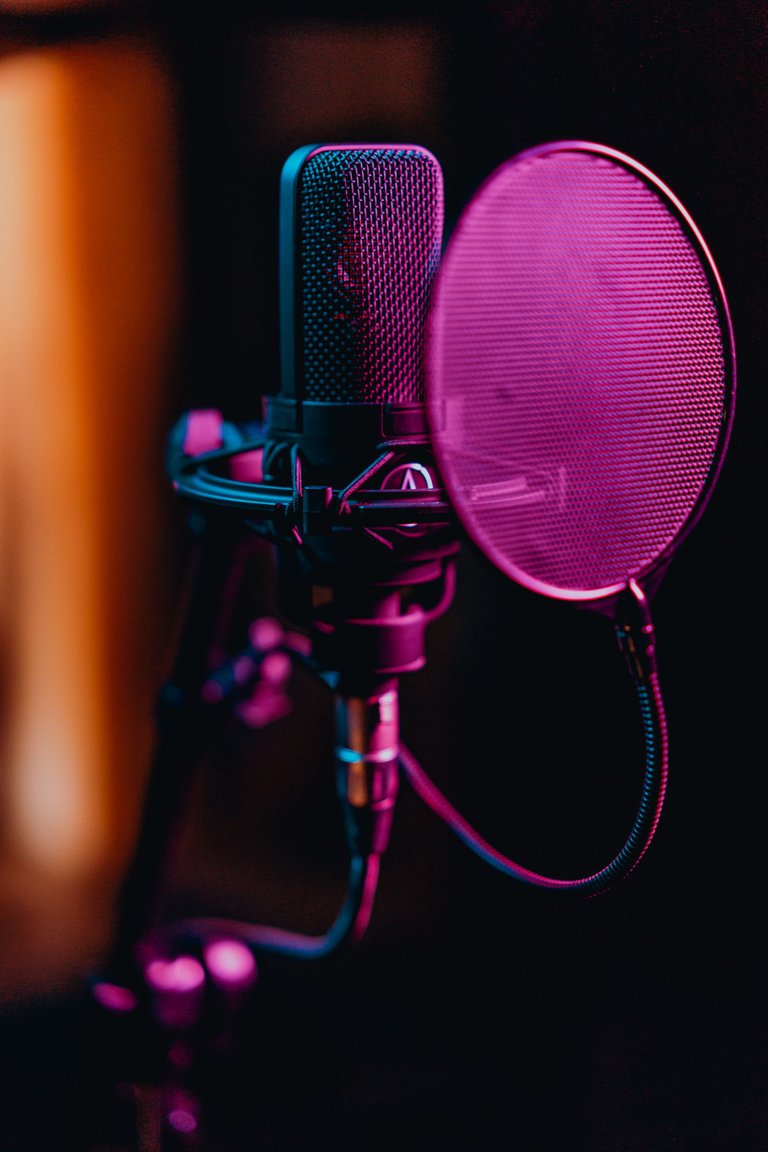
Si usas un micrófono, que es la herramienta primordial de captación de sonido, y resulta que este es un micrófono de baja calidad, el trabajo de microfonìa se dificulta, pues si lo colocas en distintas posiciones la sonoridad no variará mucho, el sonido puede saturar fácilmente o por su condición el micrófono no te permitirá un nivel de detalle preciso del sonido.
Sin embargo un micrófono de alta gama te da un abanico de sonoridades por cada media pulgada que lo muevas, sin contar que la claridad, definición y respuesta de frecuencias de por sí solo son características inherentes de la herramienta que mejoran de facto la captación del sonido. Por lo tanto, las herramientas sí son importantes.
Por ende, no solo es el indio, la flecha también cuenta.
La herramienta y la costumbre.
El indio… volviendo a la metáfora; no solo debe conocer el oficio de cazar y todas sus variables como el clima, el terreno y el comportamiento de la presa.
También debe conocer sus herramientas; hasta donde da la tensión de su arco, que tan lejos llega la flecha y la velocidad promedio que tiene según circunstancias de viento, y mientras más le de uso a su herramienta mejor la conocerá y sabrá sacarle el mayor provecho.
Si le das un arco nuevo con una flecha especial es muy probable que al inicio con toda su experiencia cometa muchos errores y fallos por no estar acostumbrado a dicha arma en un inicio.
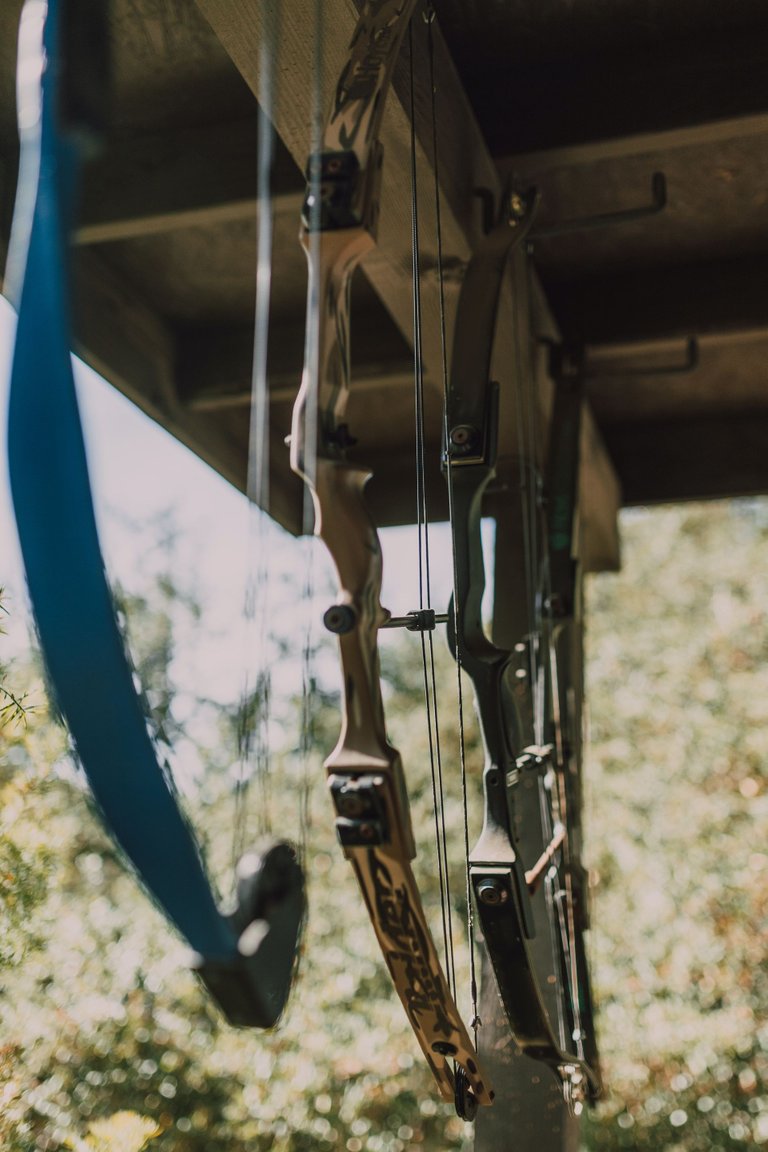
Lo mismo pasa en cualquier ámbito de nuestra vida. Si llevas años mezclando música con altavoces pequeños y económicos al punto de que te acostumbraste a ellos y logras entregar trabajos balanceados, el día que compres monitores de mejor sonoridad que generalmente son más caros, si mejorarás tu escucha y tu trabajo por supuesto, pero existe una curva de aprendizaje que hay que considerar, usarlos constantemente, conocerlos y acostumbrarse a su sonoridad son parte de lograr un producto final mejorado, y eso es algo que pocas personas consideran, pues simplemente piensan que por un equipo ser mejor o más caro automáticamente y de la nada surgirá un trabajo profesional, dejando de lado la intervención de quien toma decisiones y ejecuta las acciones.
No existe herramienta mágica, existe un profesional con criterio que toma decisiones usando las herramientas.
Es la flecha y es el indio también.
Como todo Yin tiene un Yan en la vida, debe haber balance entre ambos elementos. Experiencia y herramienta.
No se debe depender únicamente de las herramientas porque son caras o especiales, si un martillo especializado, balanceado de alto valor monetario está en las manos de un inexperto, este se puede pizar los dedos igual que con un martillo barato.
De igual manera si el carpintero es un experto puede clavar todos los clavos en un mueble sin dejar rastro de golpes ni doblar ningún clavo usando un martillo simple y barato y hasta defectuoso, pero si el experto utiliza un martillo especializado de alta calidad logrará resultados profesionales de manera más rápida y eficiente.

Por esta conclusión he decidido cambiar la frase para mí.
Del conocido "No es la flecha, es el indio" a
"No es la flecha, es el indio con la flecha y el arco."
De esta manera espero recordar y resumir todas las nociones que escribo en este texto para tener presente que el profesionalismo depende de los detalles que muchos suelen dar por sentado.
Todo esto sin olvidar que si la situación y las herramientas son muy distantes de ser ideales pues nos toca usar el ingenio y la experiencia para lograr el éxito con las herramientas disponibles.
Espero que esta reflexión les nutra y les sea útil, y a quienes conozcan la frase previamente citada espero que puedan comprender la profundidad detrás de lo simple y lo aparente de la misma. Me despido cordialmente con esta reflexión y gracias por su tiempo en leer.
Todas las imágenes fueron descargadas de Pexels.com
It's not the arrow...
The paradox.
Frequently in my career as a sound engineer, music producer and in many aspects of life, moments when I have to solve a problem usually comes to my mind the famous saying that I have heard thousands of times as a good Venezuelan resolute.
It's not the arrow, it's the Indian".
This peculiar and funny saying has a great meaning that generally highlights the ability of a person to achieve success regardless of the tools they have and even overcoming the difficult circumstances in which such problem may arise.
But despite the simplicity of the saying, we can ask valid questions to understand that things are not so simple, and that it is not only about being a genius with the least indicated tools for a task.
What if the arrow is made of carbon fiber?
In my work I am always using tools, from microphones, cables, computers, analog processing equipment, digital processing plugins, loudspeakers... a chain of equipment that do a specific job and if we take it to the Indian phrase each of these tools would be an arrow.
And it is here that certain people believe that when a production has professional quality it is clearly due to the use of equipment worth thousands of dollars, or legendary tools used in high-end studios that guarantee the quality and sonority of the production, leaving aside the criteria and expertise of those who work on it.
But there are also cases where low-cost tools are used to achieve amazing quality productions, and this is where the saying comes out once again, highlighting the skill and experience but disregarding the importance of the quality and reliability of the tools.
Reality adjusted to our limits
Now, after so long debating with myself about this saying as a metaphor, between the Indian's experience and his tools I have asked myself a question:
If the Indian with a stick arrow, bent and unbalanced is able to hit his target successfully, wouldn't it be easier for him if the arrow were calibrated, carbon fiber and balanced?
It seems obvious to me that an Indian with no hunting experience, but who has an expensive, professional quality bow and arrow, is more likely to miss than the Indian who has a lot of experience, his tools being rudimentary, and his arrow being of the same quality as his bow and arrow, is more likely to miss than the Indian who has a lot of experience.
That is to say, the young Indian faces his own limitations due to lack of knowledge and experience, however, the experienced Indian also faces physical and technical limitations that come from his tools, since these make his work difficult, however, he is capable of adapting his technique to control the variables and take the best advantage of the situation and achieve success.
Now, leaving the metaphor and returning to audio, by this I mean that if you have enough experience, trained ears and the insight and creativity at your fingertips, of course you can achieve a good quality product with low-end equipment. But there are limits to this.
If you use a microphone, which is the primary tool for capturing sound, and it turns out that this is a low quality microphone, the microphone work is difficult, because if you place it in different positions the loudness will not vary much, the sound can easily saturate or because of its condition the microphone will not allow a precise level of detail of the sound.
However, a high-end microphone gives you a range of sonorities for every half inch you move it, not to mention that the clarity, definition and frequency response alone are inherent characteristics of the tool that actually improve the sound pickup. Therefore, the tools do matter.Therefore, it's not just the Indian, the arrow counts too.
The tool and the custom to it.
The Indian... returning to the metaphor; not only must he know the craft of hunting and all its variables such as the climate, the terrain and the behavior of the prey.
He must also know his tools; up to where the tension of his bow gives, how far the arrow reaches and the average speed it has according to wind circumstances, and the more he uses his tool the better he will know it and will know how to get the most out of it.If you give him a new bow with a special arrow, it is very likely that at the beginning, with all his experience, he will make many mistakes and errors because he is not used to this weapon at the beginning.
The same thing happens in any area of our life. If you have been mixing music for years with small and inexpensive speakers to the point that you got used to them and managed to deliver balanced work, the day you buy better sounding monitors that are generally more expensive, you will improve your listening and your work of course, but there is a learning curve to consider, using them constantly, getting to know them and getting used to their sonority are part of achieving an improved final product, and that is something that few people consider, because they simply think that because a piece of equipment is better or more expensive, automatically and out of nowhere a professional work will emerge, leaving aside the intervention of the one who makes decisions and executes the actions.
There is no magic tool, there is a professional with criteria that makes decisions using the tools.
It is the arrow and it is the Indian too.
As every Yin has a Yan in life, there must be balance between both elements. >Experience and tool.
One should not rely solely on tools because they are expensive or special, if a specialized, balanced hammer of high monetary value is in the hands of an inexperienced person, he can chip his fingers just like with a cheap hammer.
In the same way if the carpenter is an expert he can drive all the nails in a piece of furniture without leaving a trace of blows or bending any nail using a simple, cheap and even defective hammer, but if the expert uses a high quality specialized hammer he will achieve professional results in a faster and more efficient way.
Because of this conclusion I have decided to change the phrase for myself.
From the well-known "It's not the arrow, it's the Indian" to,
"It's not the arrow, it's the Indian with the arrow and bow."In this way I hope to remember and summarize all the notions I write in this text to keep in mind that professionalism depends on the details that many often take for granted.
All this without forgetting that if the situation and the tools are far from ideal, we must use our ingenuity and experience to achieve success with the tools available.I hope this reflection nourishes and is useful to you, and to those who know the phrase previously quoted I hope they can understand the depth behind the simple and apparent of it. I bid you a cordial farewell with this reflection and thank you for your time in reading.
All images were downloaded from Pexels.com
The rewards earned on this comment will go directly to the people( @diegoaudio ) sharing the post on Twitter as long as they are registered with @poshtoken. Sign up at https://hiveposh.com.
Totalmente de acuerdo con esta perspectiva. Puedo añadir que ese Indio en su experiencia también debe tener su caja de herramientas preparada para resolver cualquier contingencia. Esas herramientas complementaria puede ser desde el conocimiento hasta planificación preconcebida que ayuden a mejorar el performance. Los años de experiencia en radio me enseñaron que el mejor improvisador es el que nunca improvisa y que no siempre será el mejor de los escenario.
Totalmente, las nociones deben ser claras y la experiencia permite tener un panorama real ante un problema, si la situación y las herramientas son ideales la ruta es bien definida y visible pero cuando no, toca usar el ingenio y la creatividad para sortear dificultades. Es el indio, la flecha y el arco también. Un gran saludo.